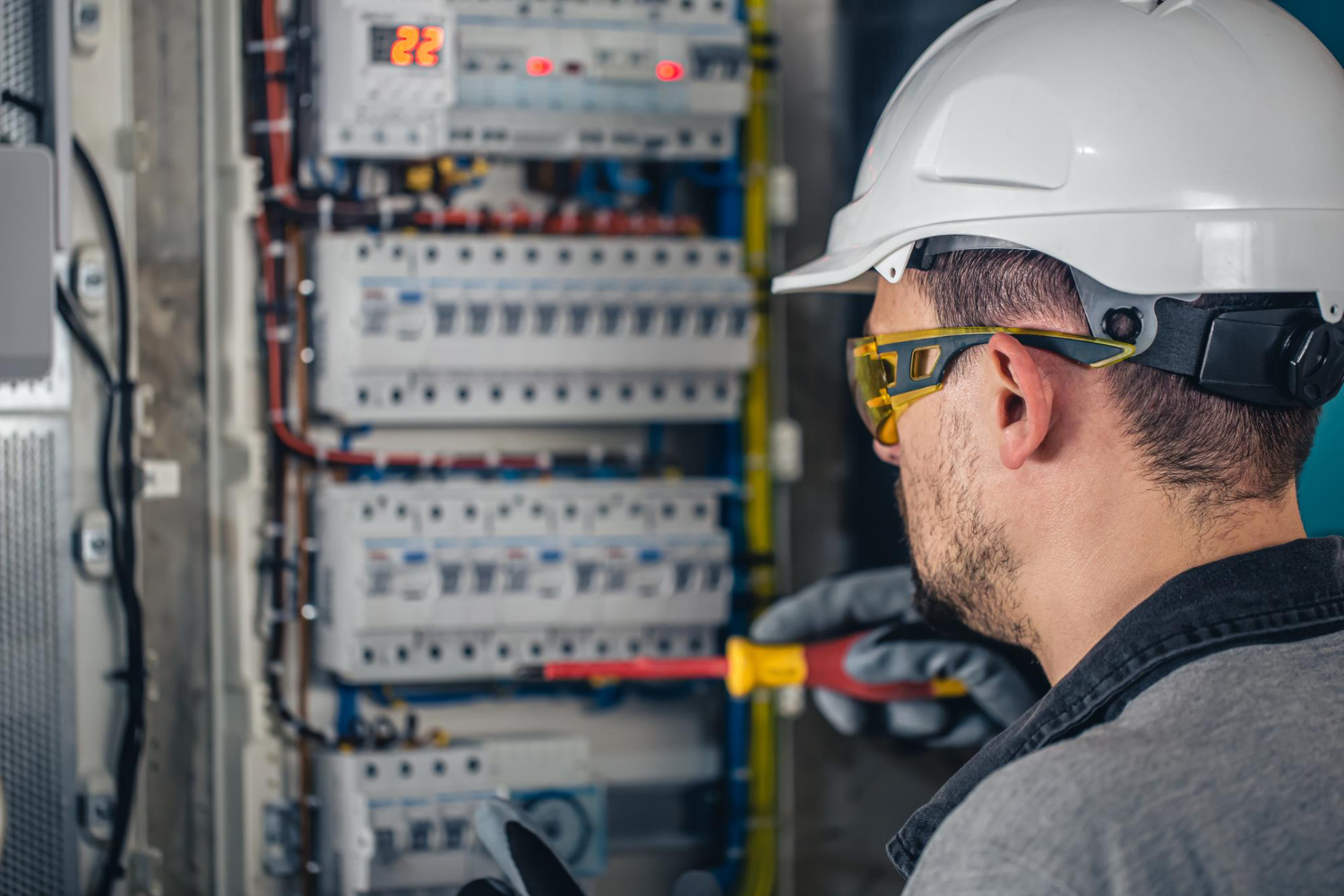The Ultimate Guide To Roar Solutions
The Ultimate Guide To Roar Solutions
Blog Article
Get This Report on Roar Solutions
Table of ContentsGetting The Roar Solutions To WorkThe Greatest Guide To Roar SolutionsThe 5-Second Trick For Roar Solutions
In such an ambience a fire or surge is possible when three basic problems are satisfied. This is typically described as the "unsafe area" or "burning" triangular. In order to secure installations from a possible explosion a technique of evaluating and categorizing a possibly harmful area is needed. The objective of this is to guarantee the appropriate choice and setup of devices to inevitably prevent an explosion and to ensure security of life.
(https://experiment.com/users/roarsolutions)
No devices needs to be installed where the surface temperature level of the tools is above the ignition temperature of the provided danger. Below are some usual dust unsafe and their minimal ignition temperature. Coal Dirt 380C 225C Polythene 420C (thaws) Methyl Cellulose 420C 320C Starch 460C 435C Flour 490C 340C Sugar 490C 460C Grain Dust 510C 300C Phenolic Resin 530C > 450C Aluminium 590C > 450C PVC 700C > 450C Residue 810C 570C The chance of the risk existing in a concentration high sufficient to create an ignition will differ from area to place.
In order to classify this danger a setup is divided into areas of threat depending upon the quantity of time the dangerous is present. These areas are referred to as Zones. For gases and vapours and dusts and fibres there are three areas. Area 0 Zone 20 A hazardous atmosphere is very most likely to be existing and might be present for lengthy durations of time (> 1000 hours annually) or perhaps constantly Zone 1 Area 21 An unsafe environment is feasible yet unlikely to be present for long durations of time (> 10 450 C [842 F] A classification of T6 implies the minimum ignition temperature level is > 85 C [185 F] Harmful location electric tools maybe designed for usage in greater ambient temperature levels. This would certainly suggested on the rating plate e.g. EExe II C T3 Ta + 60C( This means at 60C ambient T3 will not be exceeded) T1 T1, T2, T3, T4, T5, T6 T2 T2, T3, T4, T5, T6 T3 T3, T4, T5, T6 T4 T4, T5, T6 T5 T5, T6 T6 T6 A T Class rating of T1 indicates the optimum surface temperature level produced by the instrument at 40 C is 450 C. Assuming the associated T Course and Temperature level rating for the equipment are suitable for the area, you can always use a tool with a much more rigid Division score than needed for the location. There isn't a clear answer to this inquiry sadly. It actually does depend upon the sort of devices and what repairs require to be lugged out. Equipment with particular examination procedures that can't be executed in the area in order to achieve/maintain 3rd party ranking. Must return to the factory if it is before the equipment's service. Area Fixing By Authorised Worker: Difficult screening may not be called for nonetheless specific procedures may require to be followed in order for the devices to maintain its 3rd party ranking. Authorized employees must be used to execute the job correctly Fixing have to be a like for like substitute. New component must be considered as a direct replacement calling for no special screening of the equipment after the repair is full. Each item of equipment with a harmful score should be evaluated independently. These are outlined at a high level listed below, but also for more comprehensive details, please refer directly to the guidelines.
The Main Principles Of Roar Solutions
The devices register is a comprehensive data source of tools records that includes a minimum set of areas to recognize each item's place, technical parameters, Ex classification, age, and ecological information. The ratio of Thorough to Close assessments will be determined by the Tools Threat, which is analyzed based on ignition threat (the probability of a source of ignition versus the probability of site link a flammable atmosphere )and the harmful location category
( Zone 0Area 1, or 2). Applying a robust Risk-Based Evaluation( RBI )strategy is essential for guaranteeing conformity and safety and security in taking care of Electric Equipment in Hazardous Locations( EEHA).
How Roar Solutions can Save You Time, Stress, and Money.

In terms of explosive risk, a dangerous location is an atmosphere in which an explosive environment exists (or may be anticipated to be present) in amounts that call for special preventative measures for the building and construction, setup and use devices. hazardous area electrical course. In this short article we check out the difficulties faced in the work environment, the danger control steps, and the called for competencies to function safely
These materials can, in specific problems, create explosive environments and these can have significant and awful consequences. Most of us are familiar with the fire triangle eliminate any one of the 3 aspects and the fire can not occur, but what does this mean in the context of unsafe areas?
In the majority of circumstances, we can do little concerning the degrees of oxygen airborne, but we can have significant impact on resources of ignition, for instance electrical devices. Dangerous areas are recorded on the unsafe area category drawing and are recognized on-site by the triangular "EX LOVER" sign. Below, among other essential information, areas are divided right into 3 kinds depending upon the threat, the probability and period that an eruptive environment will certainly exist; Zone 0 or 20 is considered the most unsafe and Area 2 or 22 is regarded the least.
Report this page